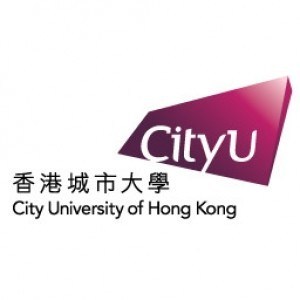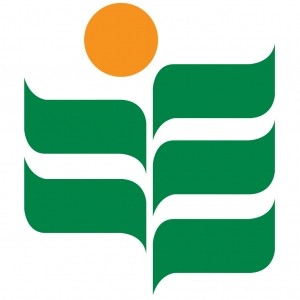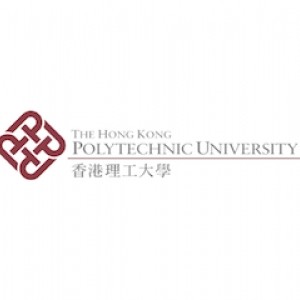Photos of university / #cityuhongkong
The MSc in New Media at City University of Hong Kong offers a comprehensive and innovative curriculum designed to equip students with advanced knowledge and practical skills in the rapidly evolving field of digital media. This program focuses on the interdisciplinary nature of new media, integrating theories and applications from communication, technology, design, and social sciences to prepare graduates for diverse careers in digital content creation, media production, interactive design, and media research. Students will explore core concepts such as digital storytelling, interactive media, multimedia programming, social media analytics, virtual reality, augmented reality, and user experience design. The program emphasizes hands-on learning through projects, labs, and industry collaborations, allowing students to develop a portfolio of digital media projects that demonstrate their technical proficiency and creative abilities. Faculty members are experienced professionals and researchers who bring real-world expertise to the classroom, fostering an engaging learning environment. Graduates of the MSc in New Media will be equipped to pursue careers in digital marketing, media production, web and app development, digital consultancy, and academic or industry research. The program also encourages innovation and entrepreneurship, enabling students to conceptualize and launch new media ventures. With its state-of-the-art facilities and strong connections to the media industry in Hong Kong and beyond, the program provides students with ample opportunities for internships, networking, and industry involvement. Overall, the MSc in New Media at City University of Hong Kong offers a dynamic learning experience that enables students to become creative, strategic, and technically skilled media practitioners capable of shaping the digital landscape of the future.
The Bachelor of Arts in New Media at City University of Hong Kong offers a comprehensive and innovative curriculum designed to equip students with the essential skills and knowledge required to thrive in the rapidly evolving digital landscape. This interdisciplinary program integrates principles of media, technology, design, and communication to foster creative and critical thinking in the production and analysis of digital content. Throughout the program, students explore a wide range of topics including digital media production, interactive design, multimedia storytelling, web development, mobile applications, and emerging digital platforms. The curriculum emphasizes both theoretical understanding and practical skills, ensuring graduates are well-prepared to meet industry demands.
Students have the opportunity to engage in hands-on projects using state-of-the-art tools and software in media creation, video editing, graphic design, and interface development. They learn to conceptualize, develop, and manage digital content tailored to diverse audiences across different platforms. The program also covers areas such as user experience (UX) design, digital marketing, social media strategy, and data analytics, reflecting the multifaceted nature of contemporary media industries.
In addition to technical proficiency, the program encourages critical reflection on the social, cultural, and ethical implications of new media. Students examine issues related to media literacy, digital Citizenship, privacy, and the impact of technology on society. This holistic approach prepares graduates to become thoughtful leaders and innovators in fields such as digital marketing, media production, user interface design, and digital entrepreneurship.
The program is characterized by a practice-oriented teaching approach, combining lectures, seminars, workshops, and collaborative projects. Opportunities for internships and industrial exposure are integrated into the curriculum, providing students with real-world experience and professional networking chances. The faculty comprises experienced academics and industry professionals who bring current industry insights into the classroom.
Graduates of the Bachelor of Arts in New Media are equipped to pursue diverse careers across media organizations, advertising agencies, tech companies, cultural institutions, and startups. They are capable of creating engaging digital content, developing innovative digital solutions, and analyzing digital media trends. As the digital landscape continues to evolve, the City University of Hong Kong's New Media program prepares students to become adaptable, inventive, and responsible digital media practitioners committed to shaping the future of digital communication.
Requirements
- Normally one year of successful study at a recognized university. In exceptional cases, students who have achieved excellent grades in school and state examinations with the award of Attestat o Srednem (Polnom) Obshchem Obrazovanii (Certificate of Secondary Complete General Education) may be considered.
- TOEFL Minimum total score 550 on the paper-based test / 79 on the Internet-based test or
- IELTS Overall band score of 6.5 or above
- Scoring Level 3 in HKDSE Chinese Language
- Scoring Grade E in HKALE AS-level Chinese Language and Culture
- The application fee is HK$200 per online application.
Scholarships
- Entrance Scholarship Scheme
- New Grant to increase Diversity on Campus
The Master of Arts in New Media at City University of Hong Kong is designed to equip students with comprehensive knowledge and practical skills in the rapidly evolving field of new media technologies. This program explores the interdisciplinary nature of new media, integrating concepts from communication, digital arts, computer science, and media studies. Students engage in hands-on projects involving digital content creation, interactive media, multimedia storytelling, and web design, preparing them for careers in digital marketing, media production, interactive design, and related fields. The curriculum includes courses on digital media production, multimedia design, social media strategies, user experience design, and emerging technologies such as virtual reality, augmented reality, and artificial intelligence. The program emphasizes both theoretical understanding and practical application, encouraging students to develop innovative projects and conduct research that advances the field. Collaborative work with industry partners is encouraged to ensure students experience real-world challenges and industry standards. Graduates of the program are expected to be well-prepared to pursue careers in digital content creation, media consultancy, digital entrepreneurship, or further academic research. The program typically requires full-time study over one year, with options for part-time study, catering to working professionals seeking to upgrade their skills. State-of-the-art facilities at the university, including media labs and editing suites, support student learning and project development. Faculty members are experienced professionals and researchers in media and communication, providing expert guidance and mentorship. The program also hosts seminars, workshops, and guest lectures featuring industry leaders, fostering networking opportunities and insights into current industry trends. Overall, the MA in New Media aims to foster innovation, creativity, and technical expertise, enabling graduates to thrive in the dynamic digital landscape.


